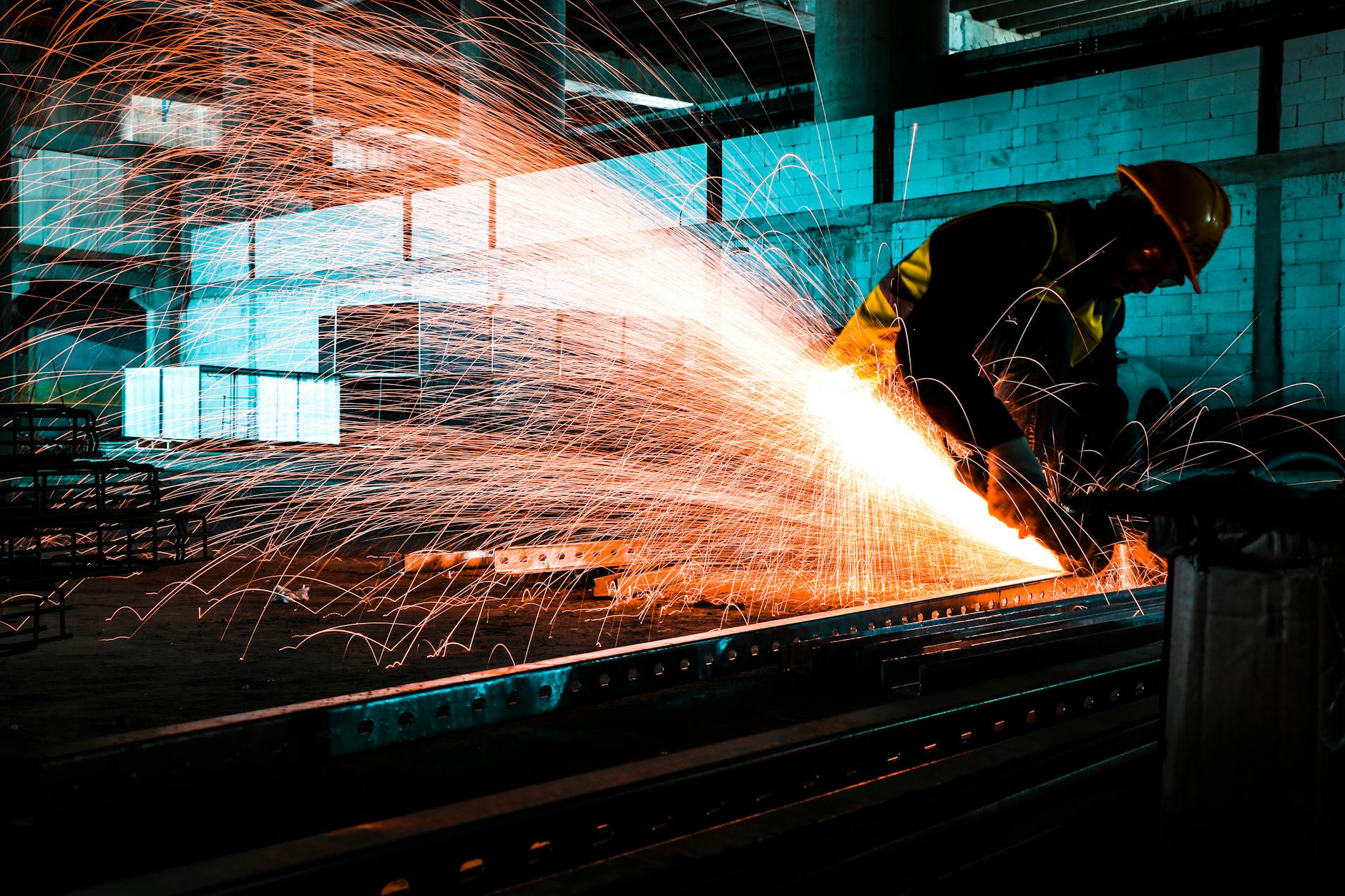Key Takeaways
- Learn about emerging cutting techniques in the metal industry.
- Understand the benefits and challenges of various metal-cutting methods.
- Integrate new technologies for enhanced precision and efficiency.
Introduction to Modern Metal Cutting
Metal cutting is a vital component of the manufacturing and industrial landscape. With the advent of new technologies, innovative techniques like those offered by Bluegrassbit have revolutionized the field. This article explores various cutting-edge metal-cutting methods that can enhance precision and efficiency in today’s industries. By understanding these methods, businesses can streamline their processes, reduce waste, and improve overall productivity, thereby gaining a competitive edge in the market.
Laser Cutting
A tightly focused laser beam can be utilized to precisely cut metal when using laser cutting. When the material comes into contact with the laser beam, it quickly melts or evaporates. This method is known for its accuracy and minimal waste production, making it ideal for intricate shapes and designs. Industries such as automotive and aerospace have widely adopted laser cutting due to its efficiency and speed, making it a cornerstone in modern metalworking. According to recent publications, laser cutting is increasingly being used to achieve complex geometries with high precision. The ability to control the laser beam with computer-aided design (CAD) software further enhances its precision, creating highly detailed and consistent components.
Waterjet Cutting
Using a high-pressure water stream that is frequently mixed with abrasive compounds, waterjet cutting removes metal. This technique is preferred for avoiding heat generation, which minimizes the risk of changing the metal’s properties. Waterjet cutting is particularly useful for cutting heat-sensitive materials and is broadly utilized in sectors like mining and construction. To dive deeper into its applications, recent advancements in waterjet cutting showcase its versatility and efficiency. The method’s capacity to easily cut through thick and rigid materials, such as titanium and granite, makes it invaluable in industries requiring robust and precise cutting solutions.
Plasma Cutting
Utilizing an accelerated jet of hot plasma, plasma cutting is excellent for slicing through conductive metals. This method is celebrated for its speed and capability to cut through thick materials efficiently. It is, therefore, frequently employed in heavy sectors like shipbuilding and vehicle repair. Since plasma cutting can handle a wide range of materials, including copper, aluminum, and stainless steel, it is a versatile alternative for a number of industrial applications. The process generates a high-temperature plasma arc that melts the metal, which is then blown away by an inert gas, creating a clean and precise cut.
Advances in Cutting Technologies
In recent years, substantial advancements in cutting technologies have led to the development of hybrid systems that combine various techniques for enhanced efficiency. Computer Numerical Control (CNC) machining, for example, offers unparalleled control and precision, significantly reducing human error in metal cutting processes. These advancements not only improve consistency but also increase output quality. CNC machines are programmed with detailed instructions, allowing them to perform complex cuts with remarkable accuracy and repeatability. Additionally, integrating real-time monitoring and feedback systems ensures optimal performance and immediate adjustments to maintain precision.
Choosing the Right Technique
Selecting the appropriate metal cutting method involves evaluating several factors, including the type of material, desired precision, and production volume. Each technique has its strengths and limitations, making it crucial to understand the specific requirements of your project to make an informed decision. Making the appropriate decision can have a big impact on the finished product’s effectiveness and quality. For example, plasma cutting works better with thicker materials, whereas laser cutting is perfect for tasks demanding extreme precision and complex designs. For heat-sensitive materials, waterjet cutting is a great choice since it preserves structural integrity.
Environmental and Economic Considerations
In the context of modern manufacturing, both environmental impact and cost efficiency are critical. Techniques like laser and waterjet cutting produce less waste and are more energy-efficient, aligning with the push toward sustainable manufacturing practices. Moreover, technological advancements have made these methods more accessible, balancing initial investment with long-term savings. For example, laser cutting’s high efficiency reduces energy consumption, while waterjet cutting’s lack of heat generation minimizes material waste. These attributes make both methods environmentally friendly and economically viable for businesses seeking to improve sustainability without compromising on quality.
Future Trends in Metal Cutting
The future of metal cutting is set to be shaped by the integration of Artificial Intelligence (AI) and machine learning. These technologies are poised to optimize cutting processes and predict maintenance needs, potentially reducing downtime and increasing efficiency. Furthermore, AI is capable of analyzing enormous volumes of data to spot trends and make real-time adjustments that guarantee the best cutting performance. Furthermore, adopting green technologies and continuous improvements in cutting precision will drive the industry forward, ensuring the pivotal role of metal cutting in manufacturing and industrial growth. Innovations like additive manufacturing, also known as 3D printing, are expected to complement traditional metal-cutting methods, offering new possibilities for complex and customized parts.

